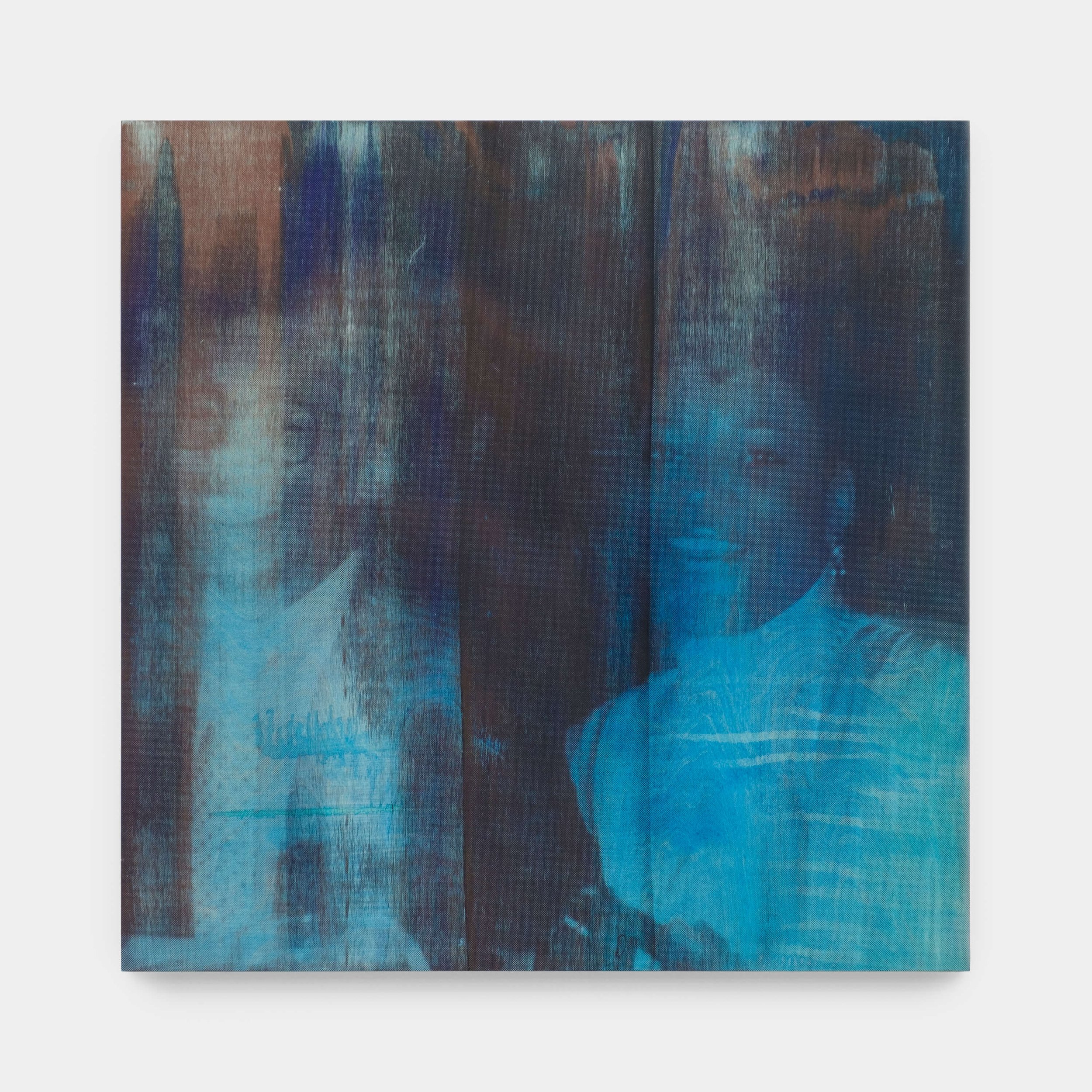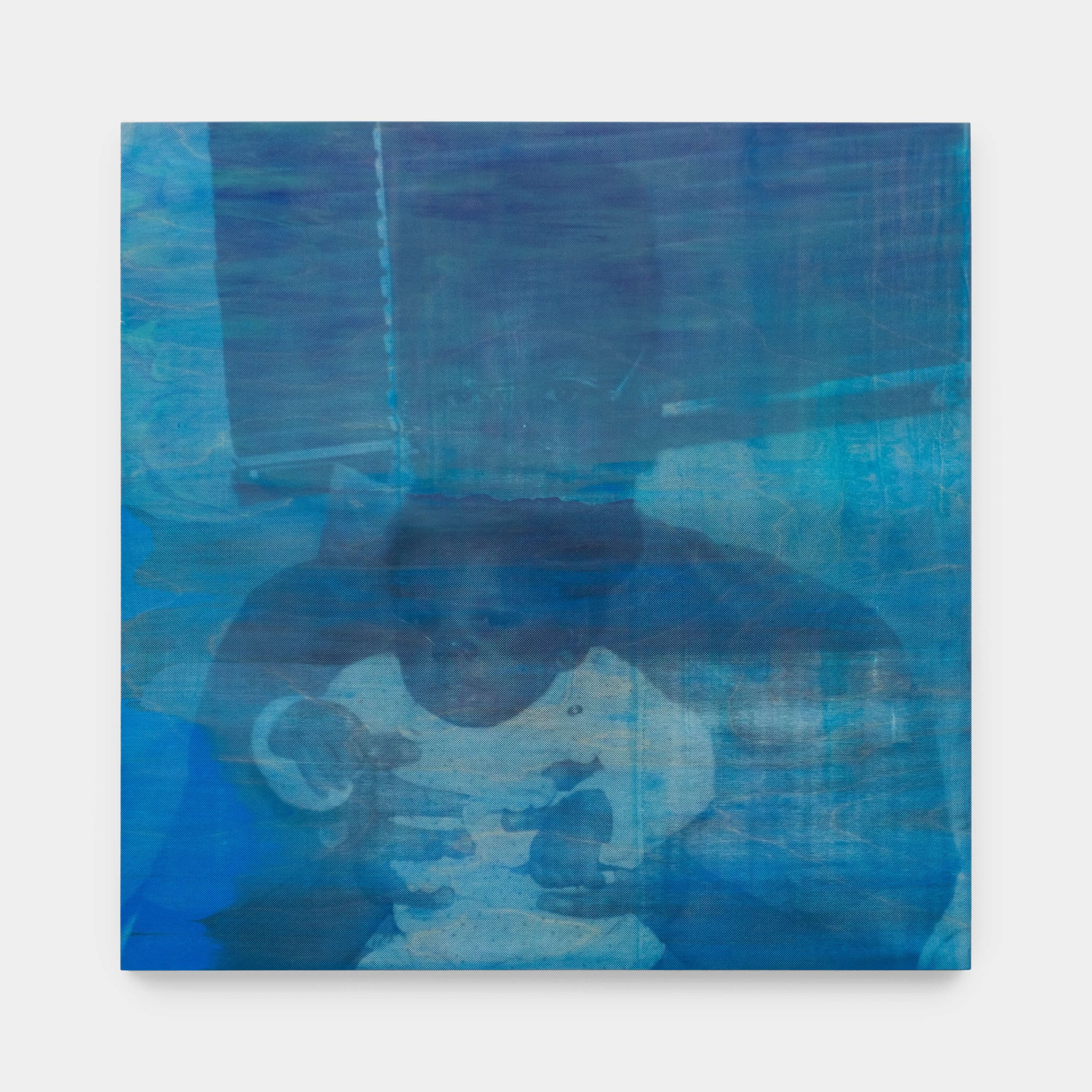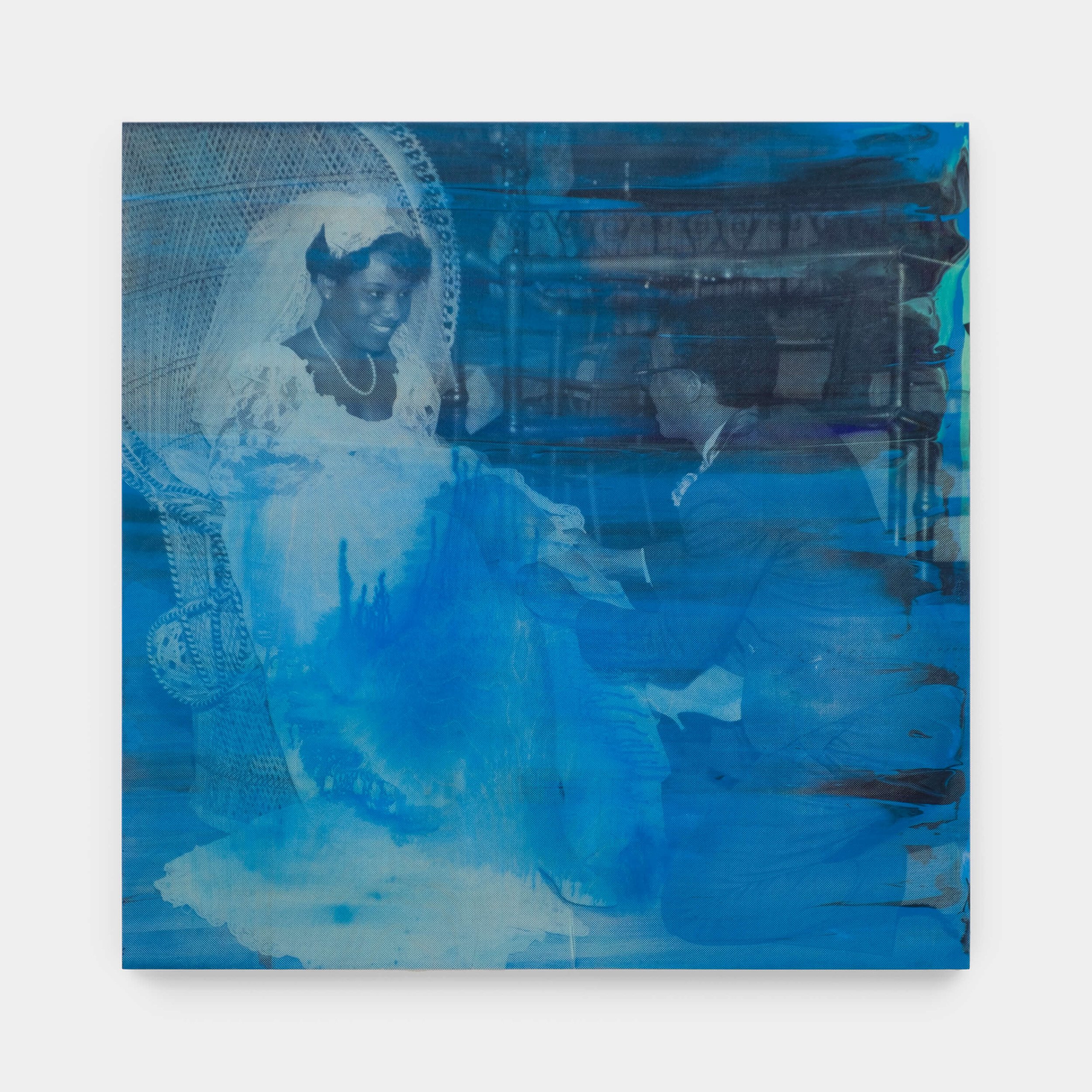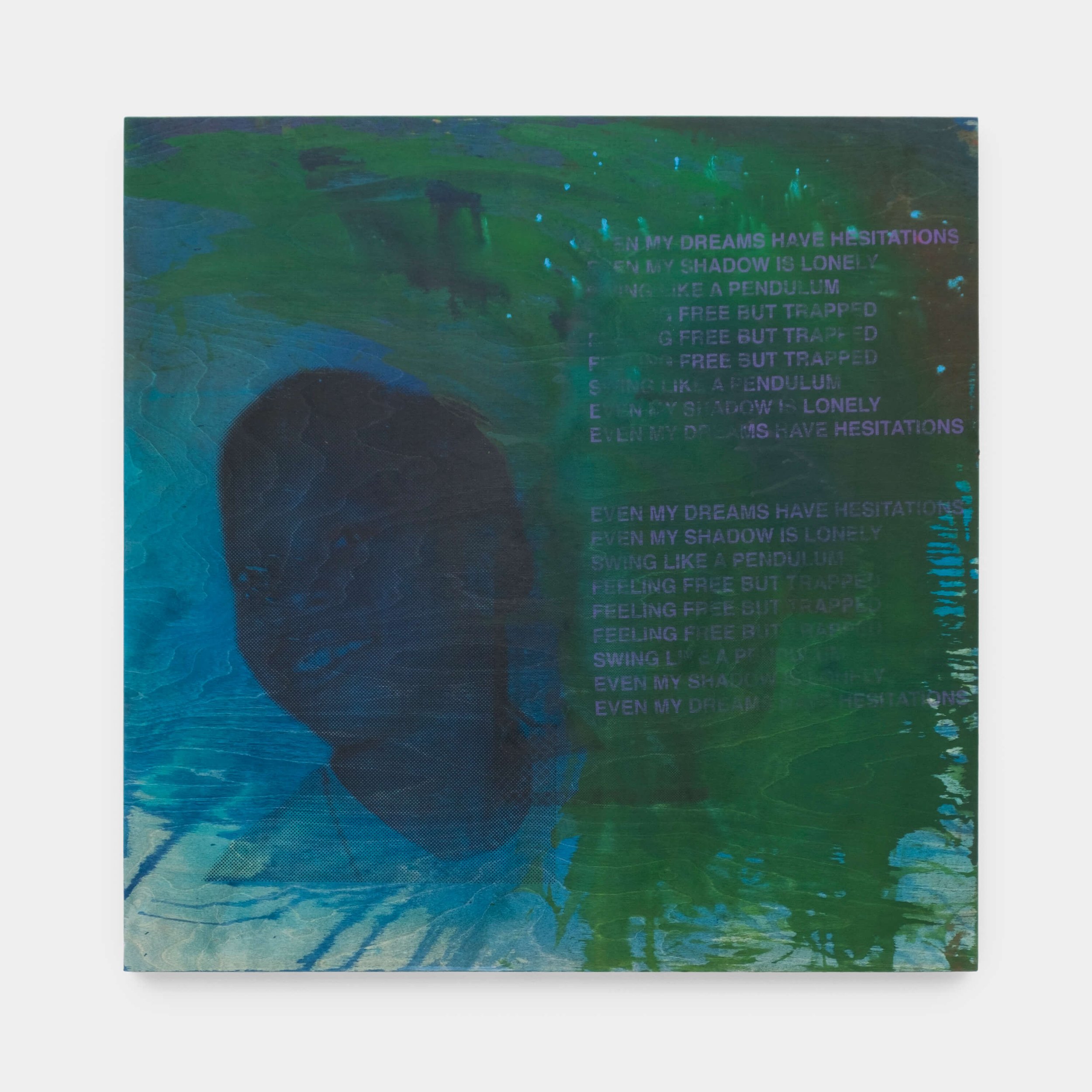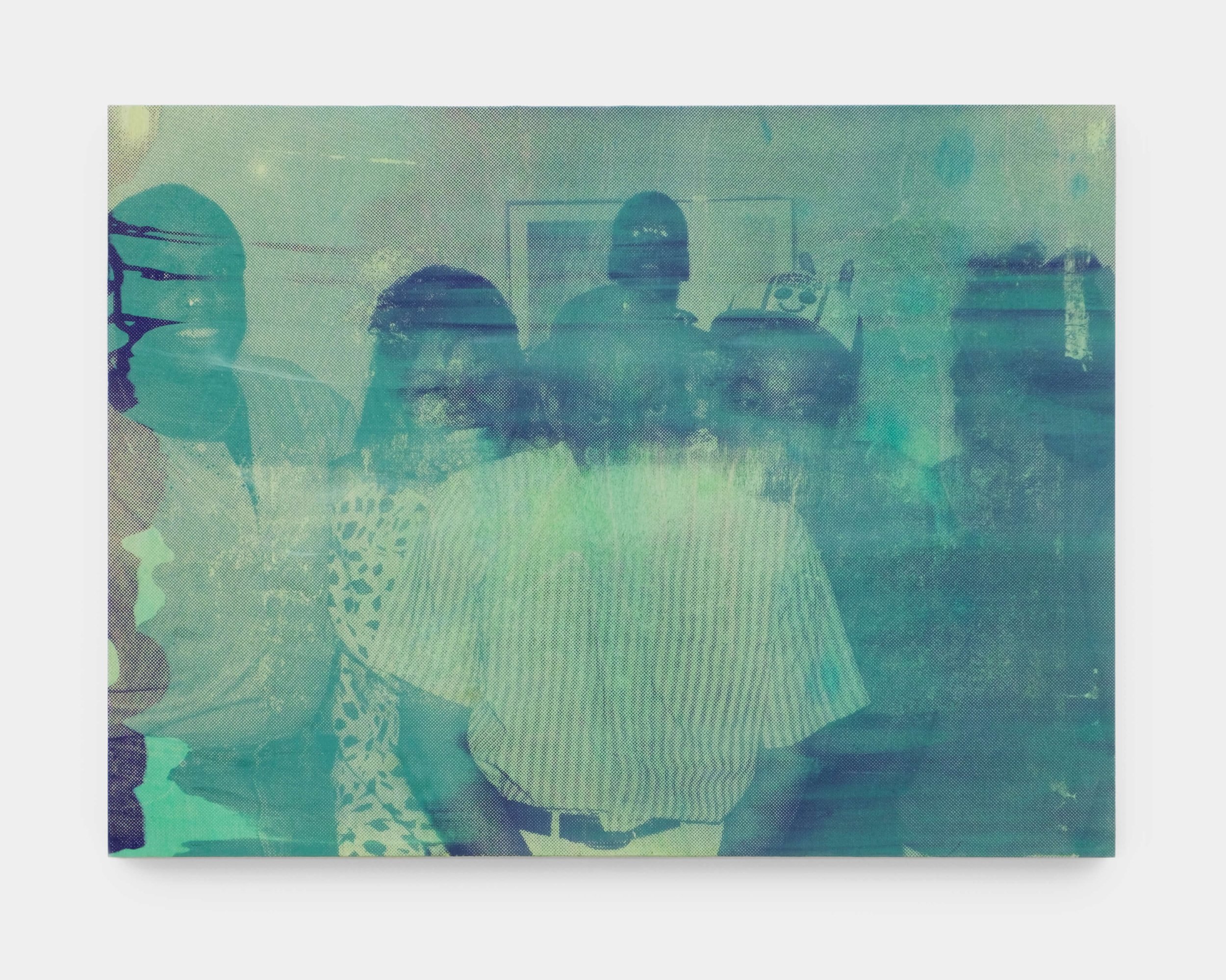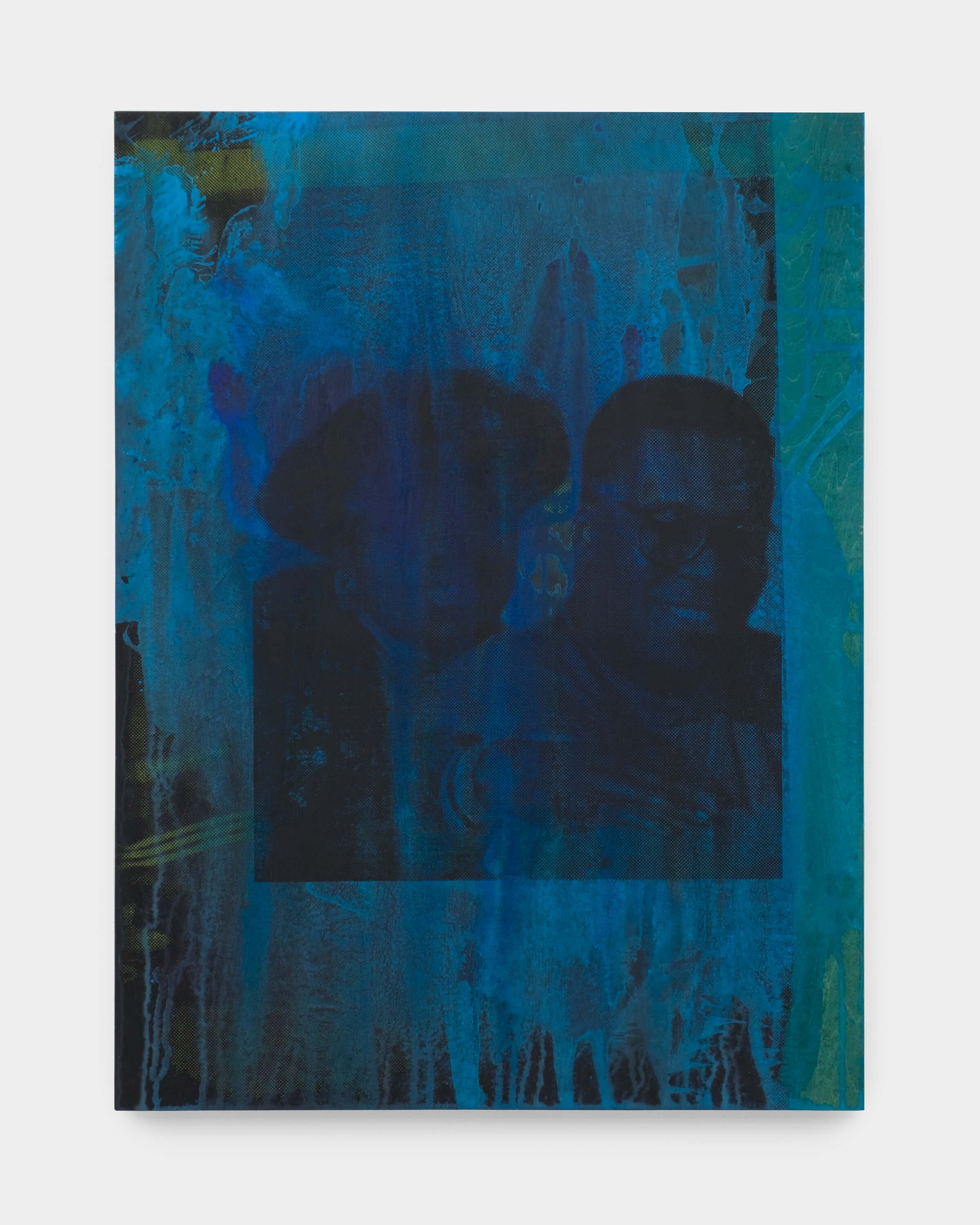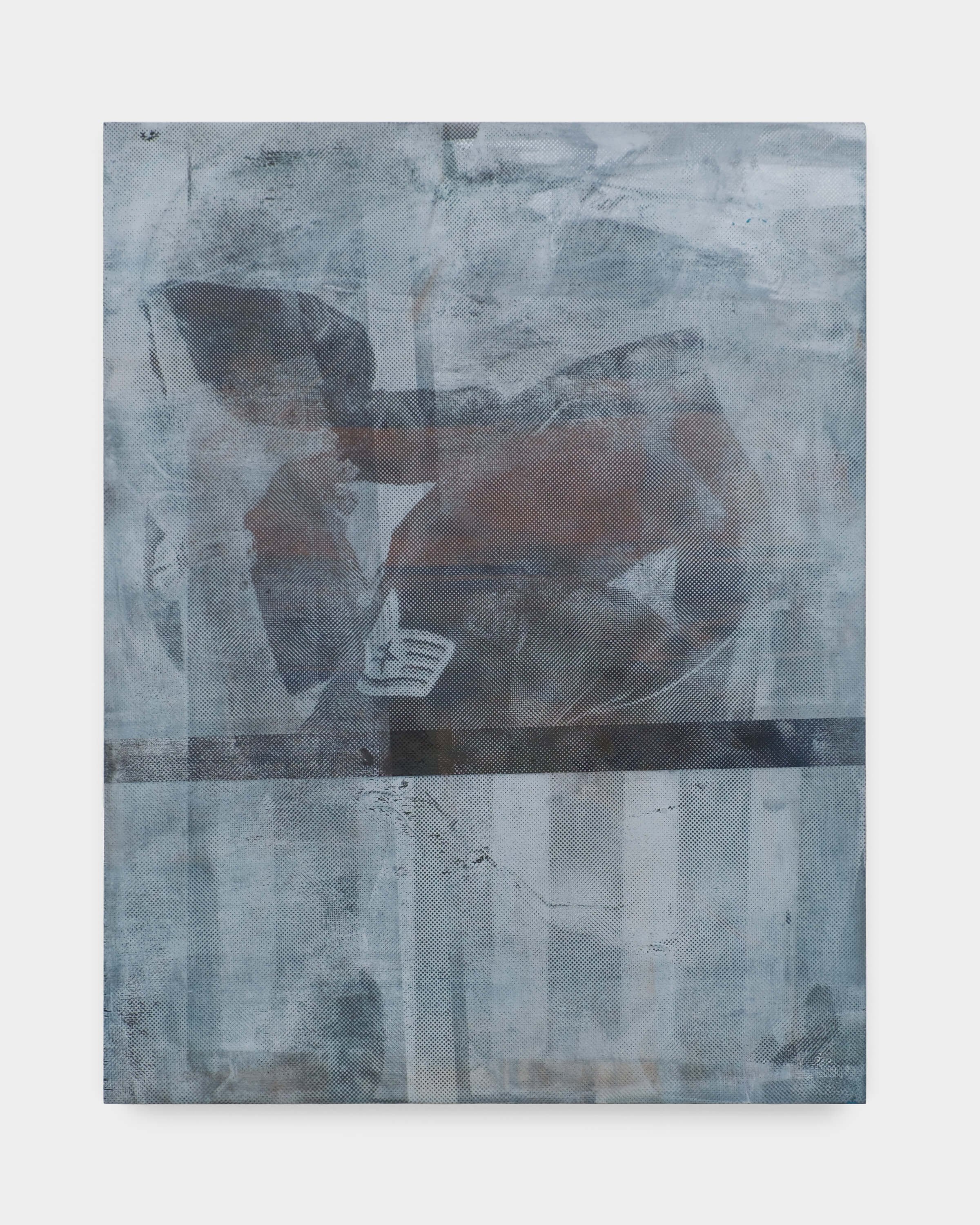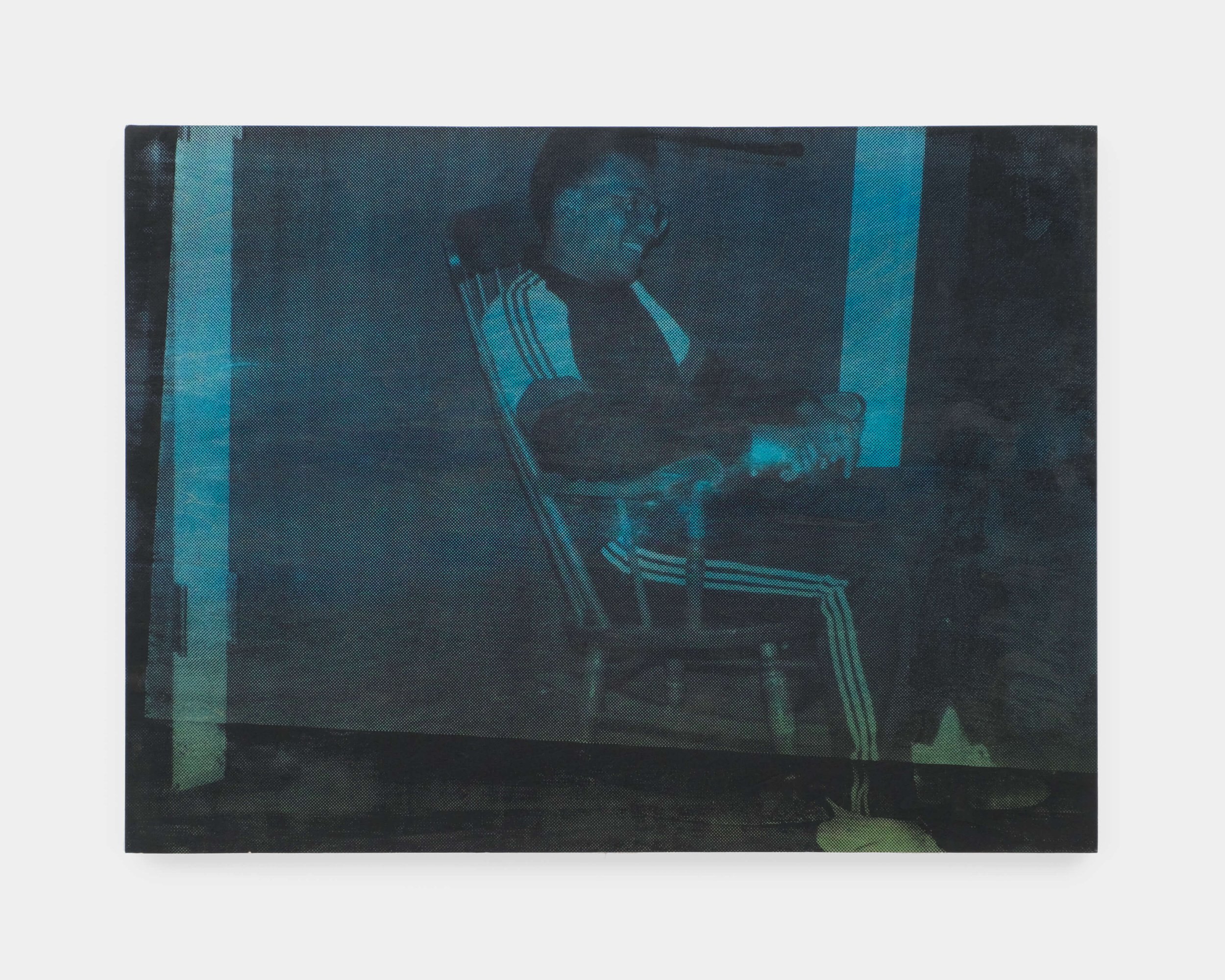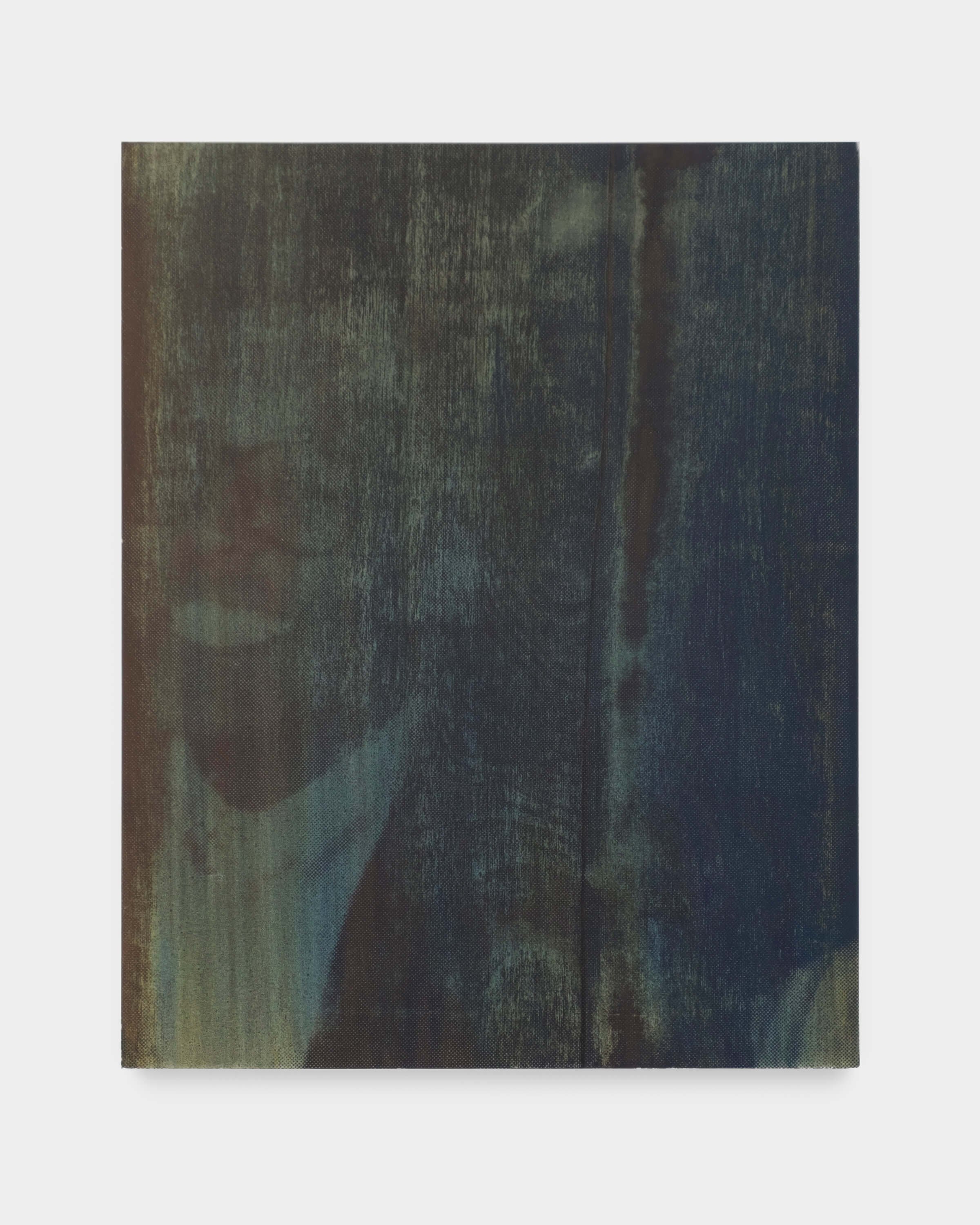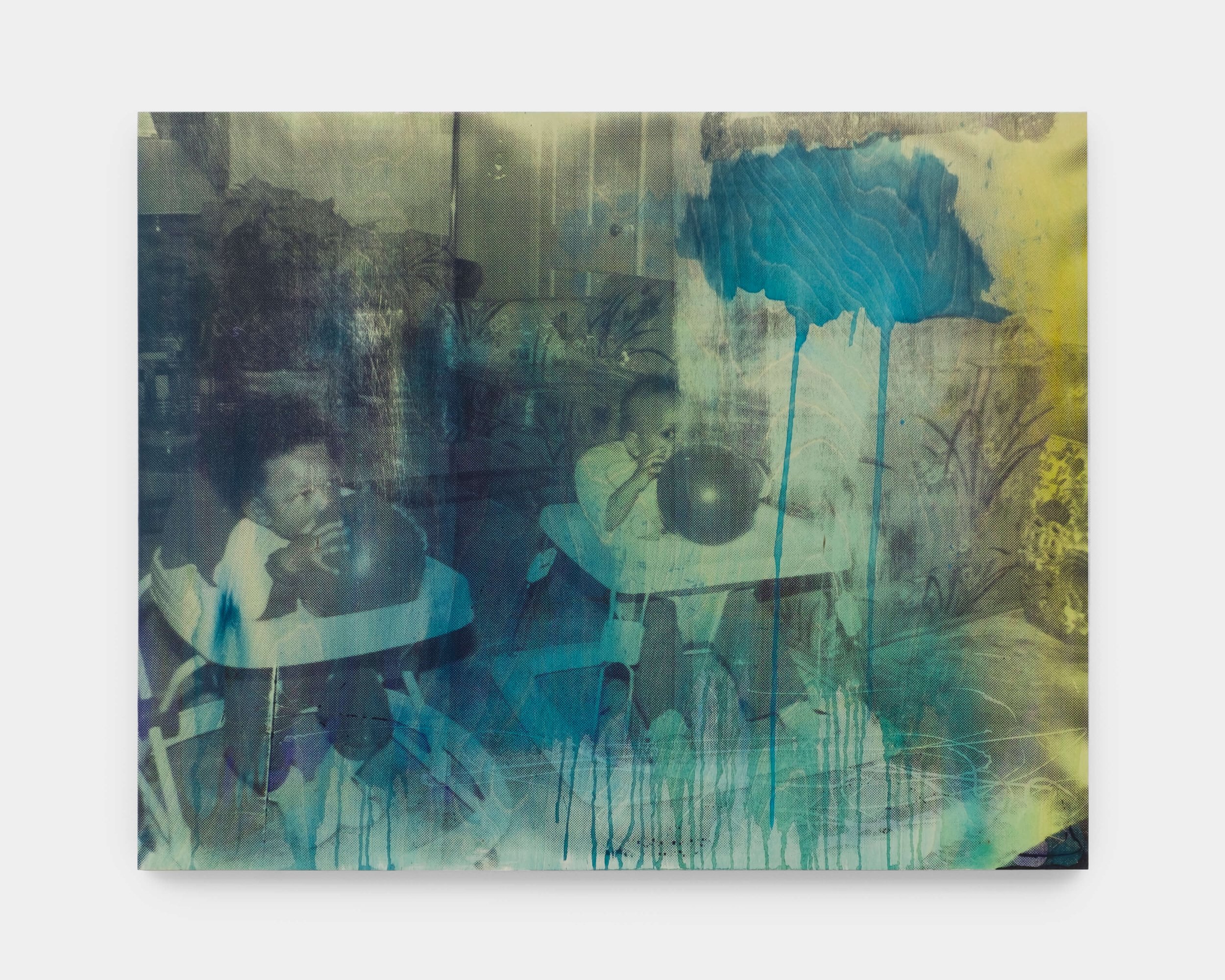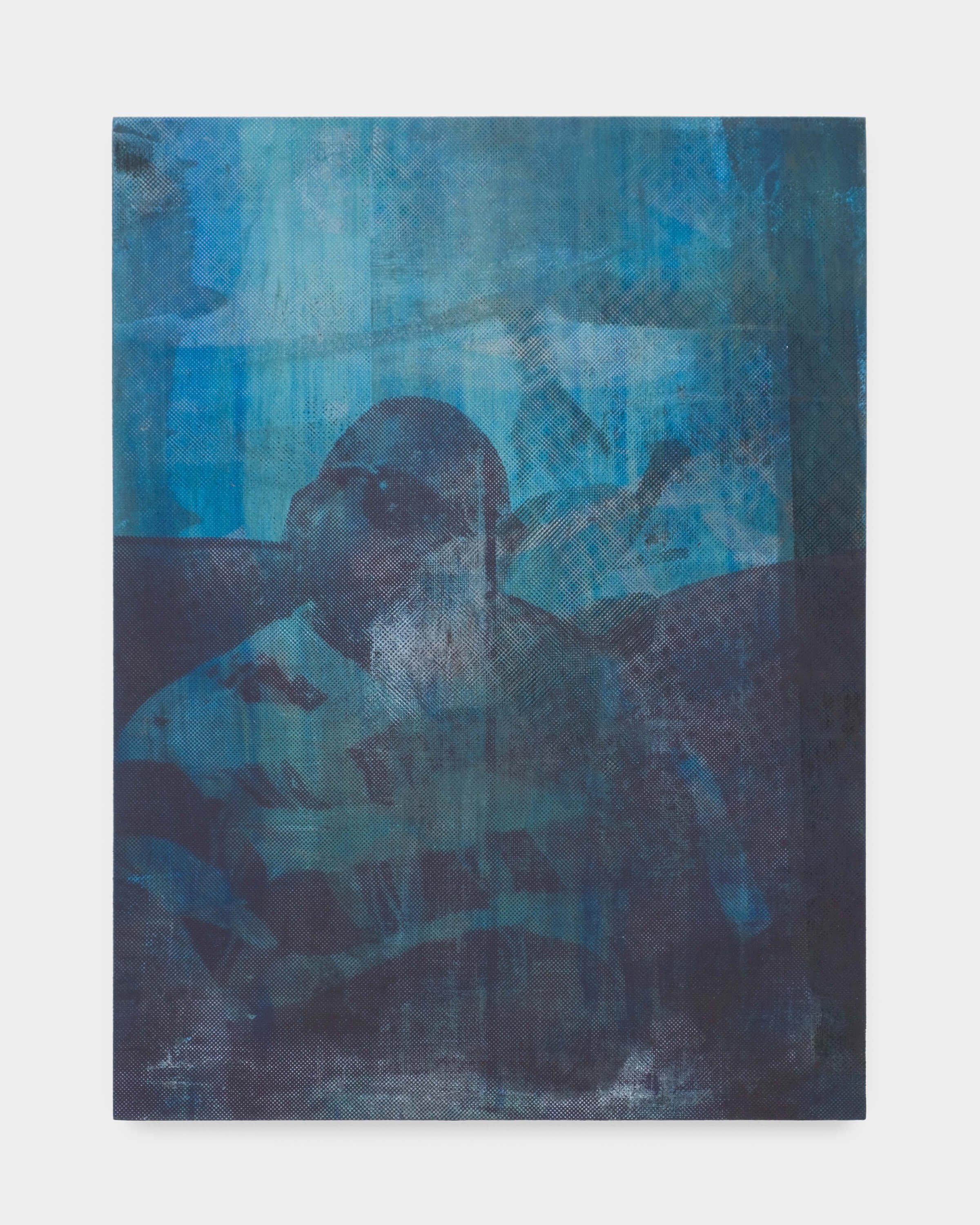FAMILY BUSINESS
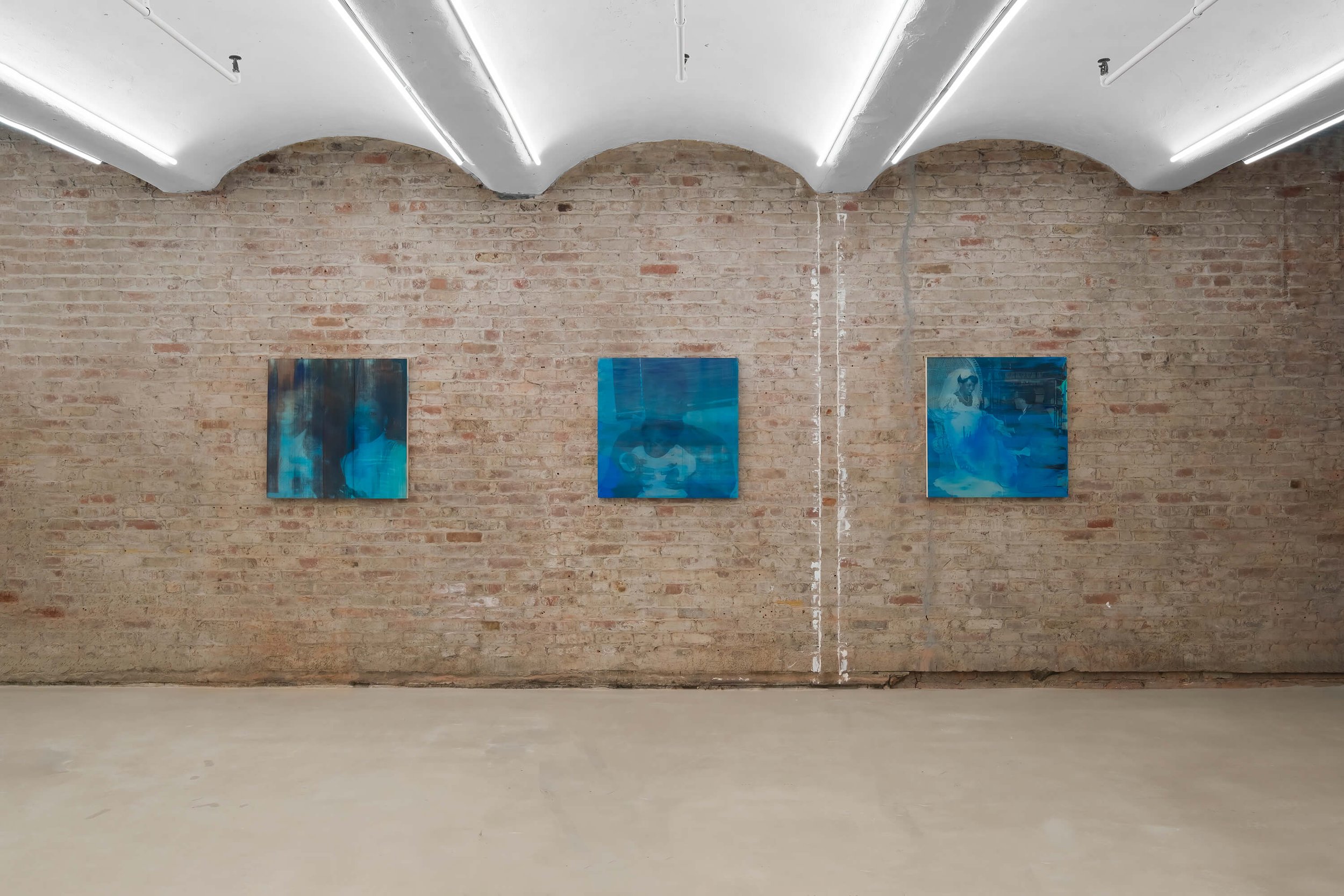
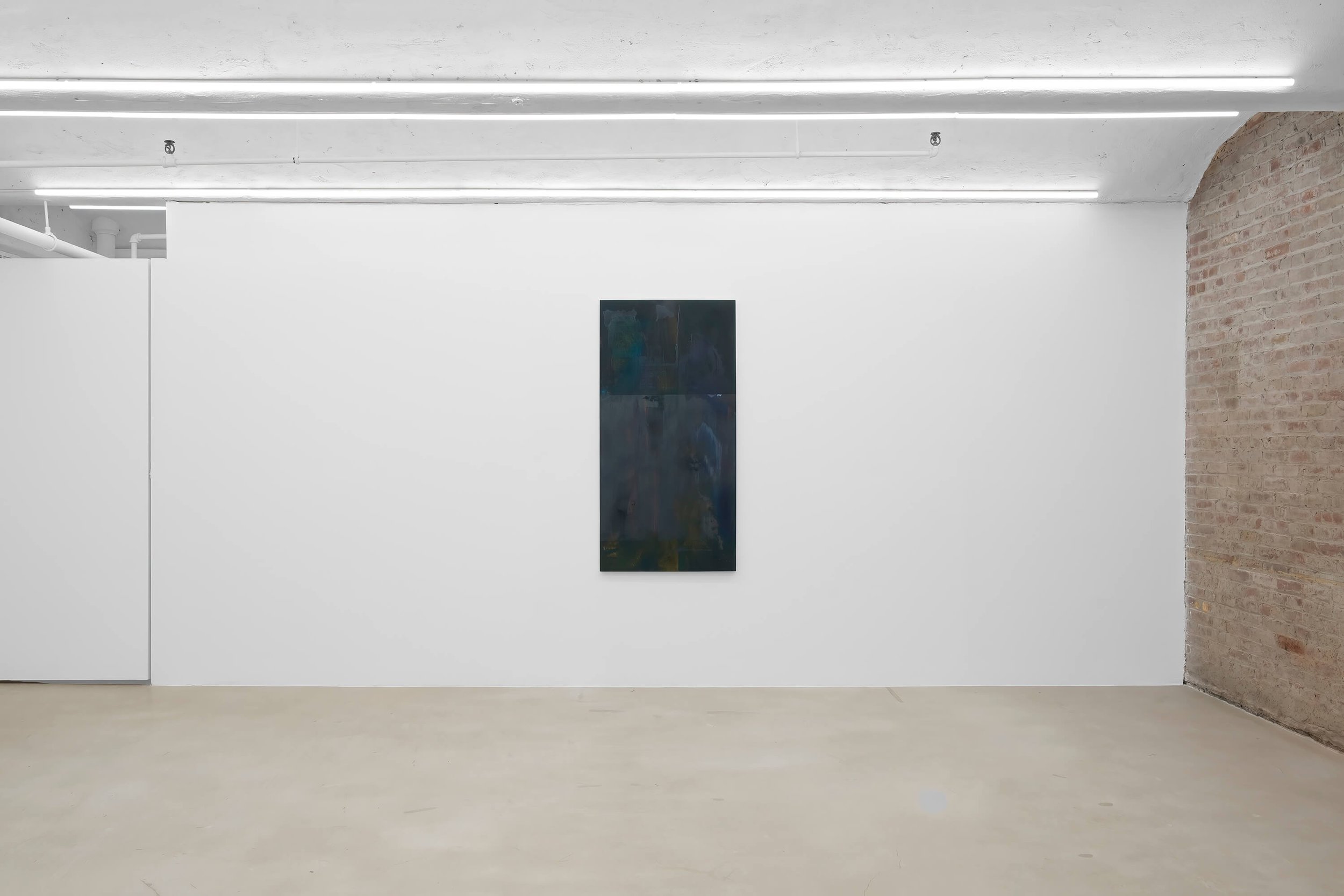
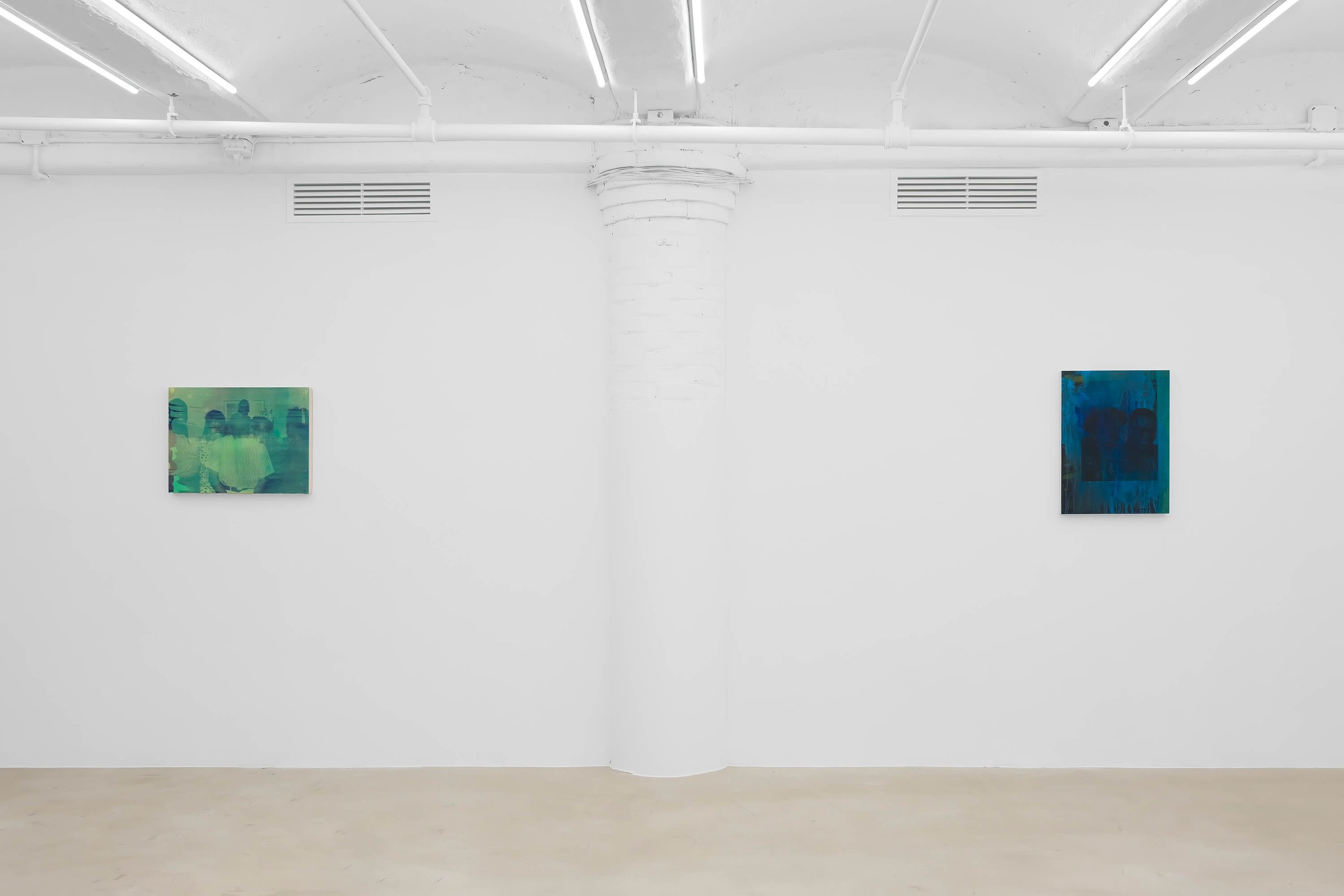
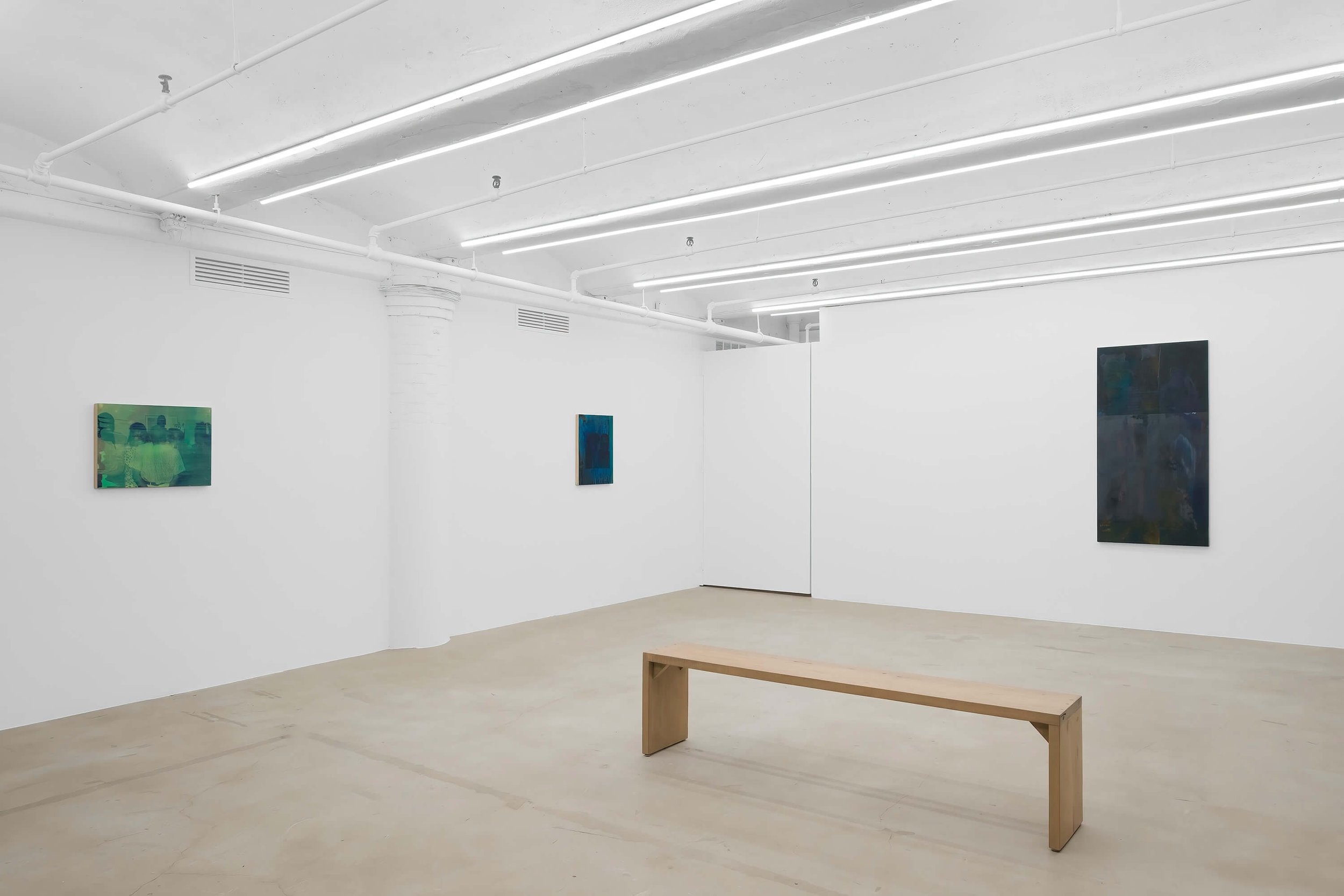
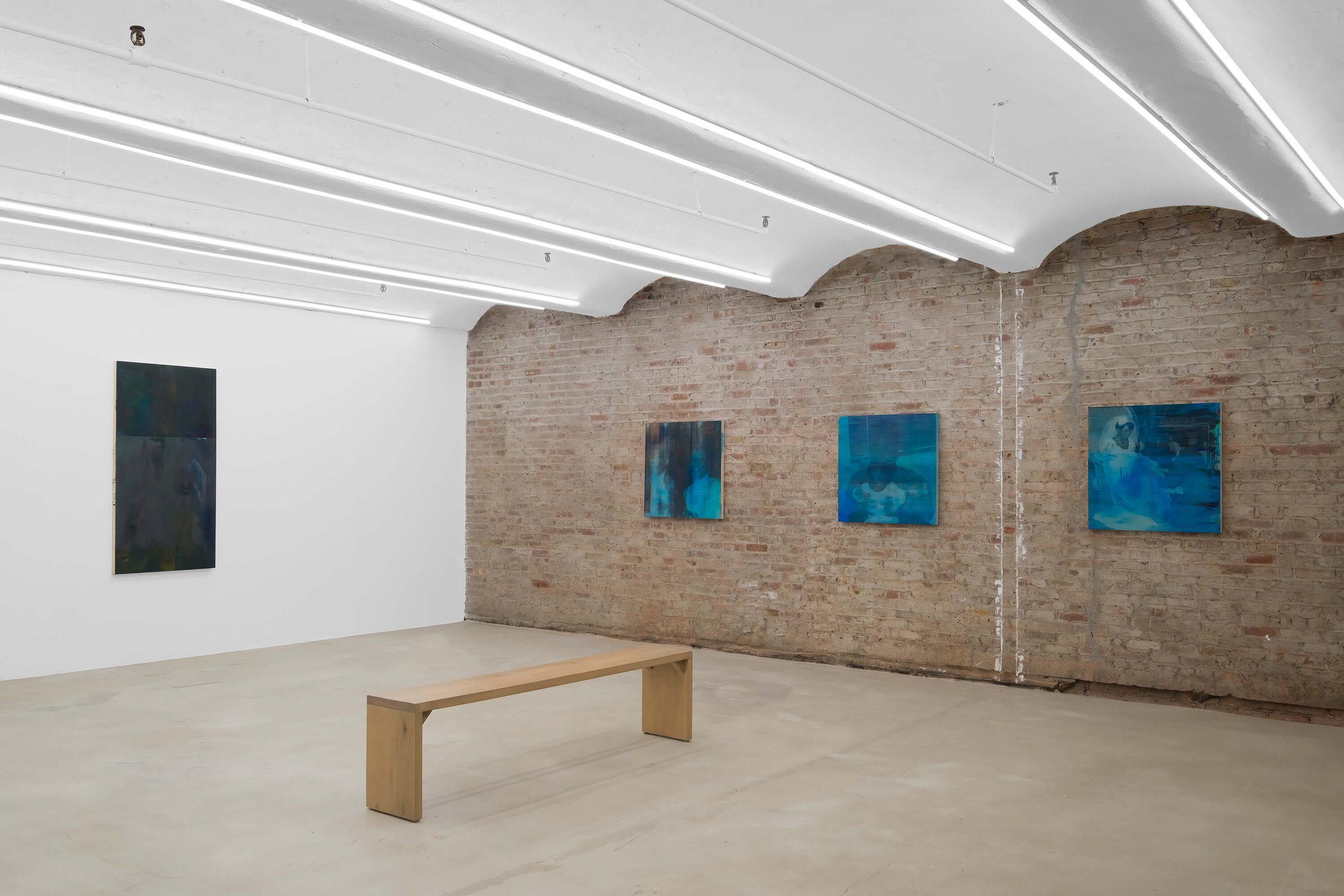
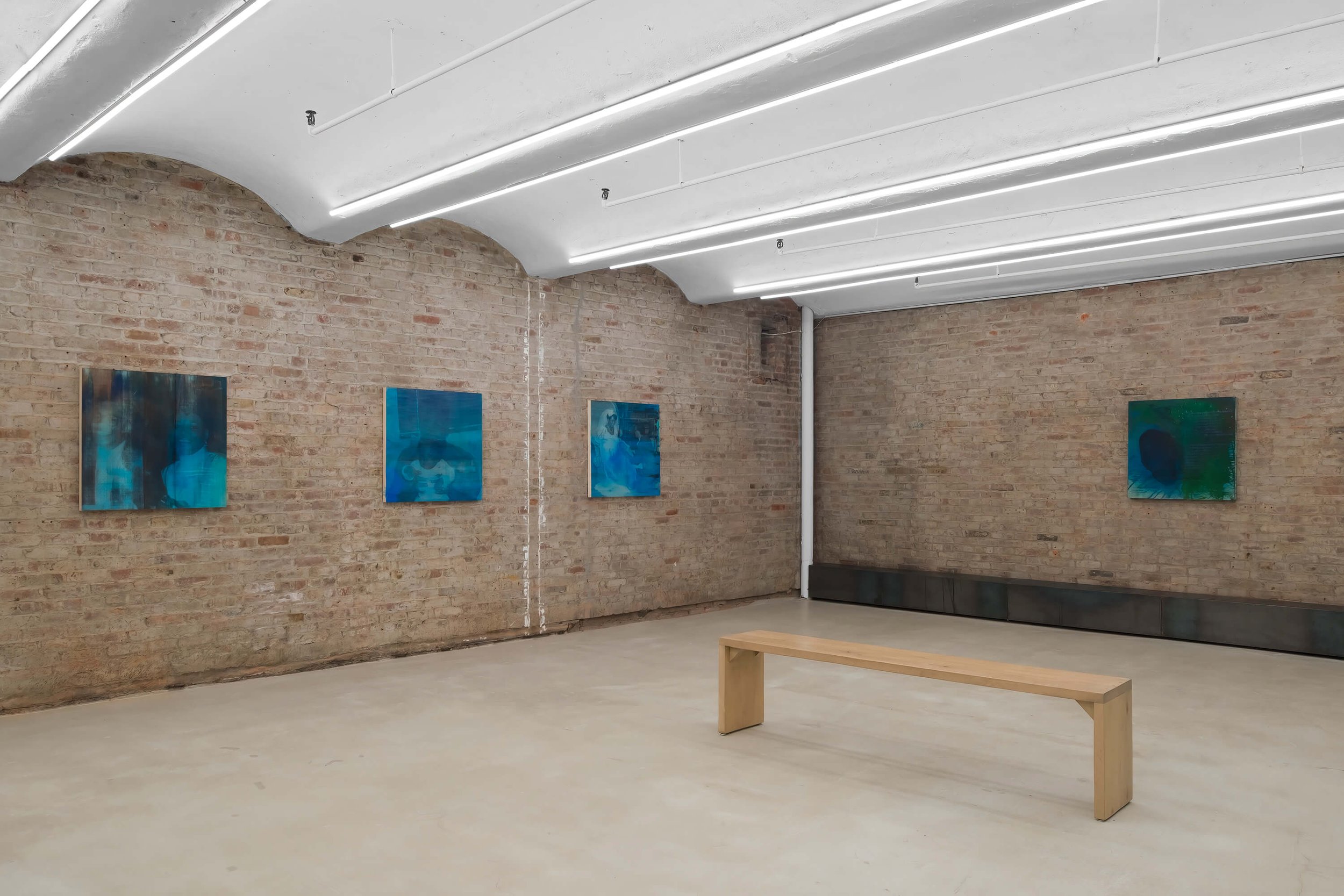
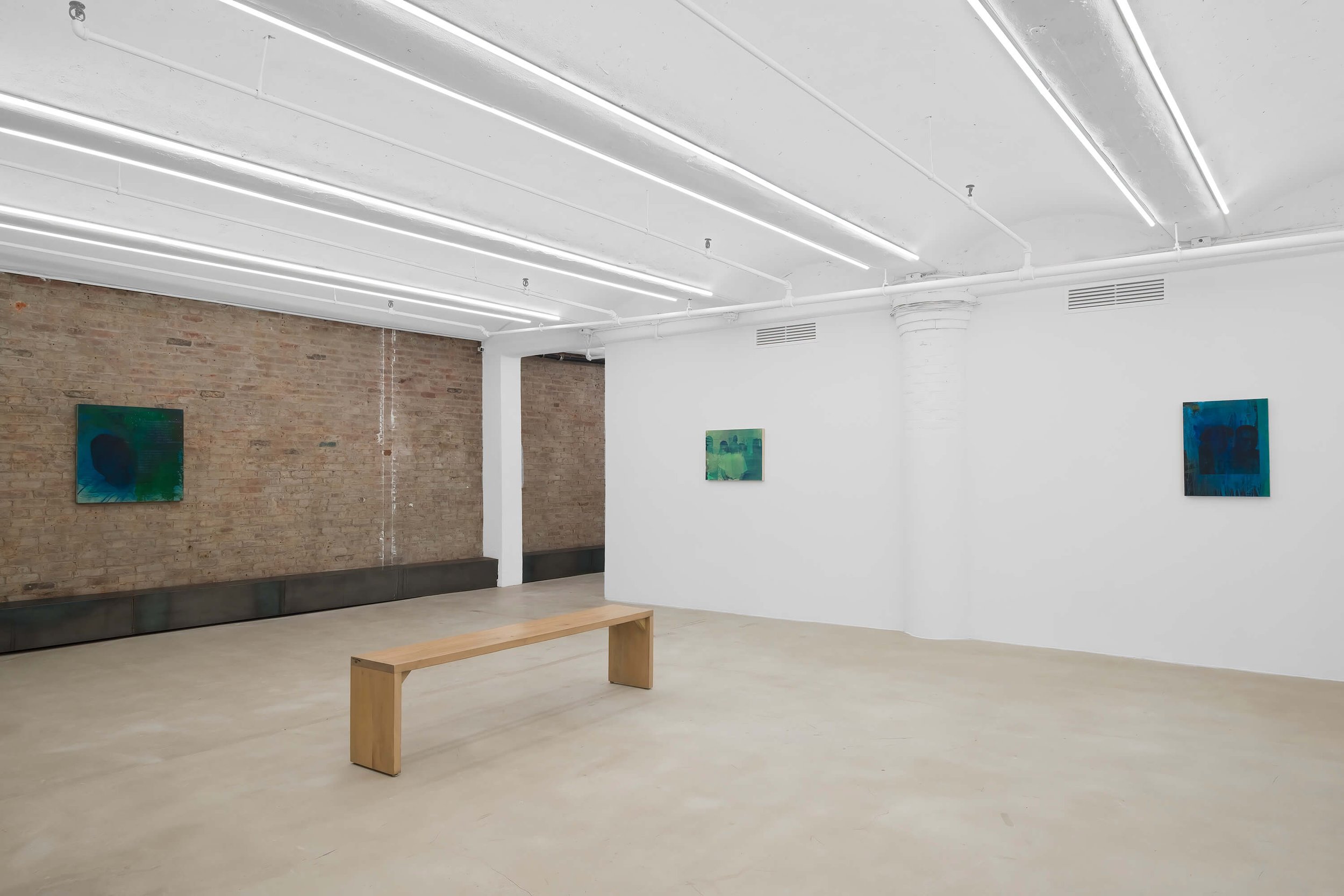

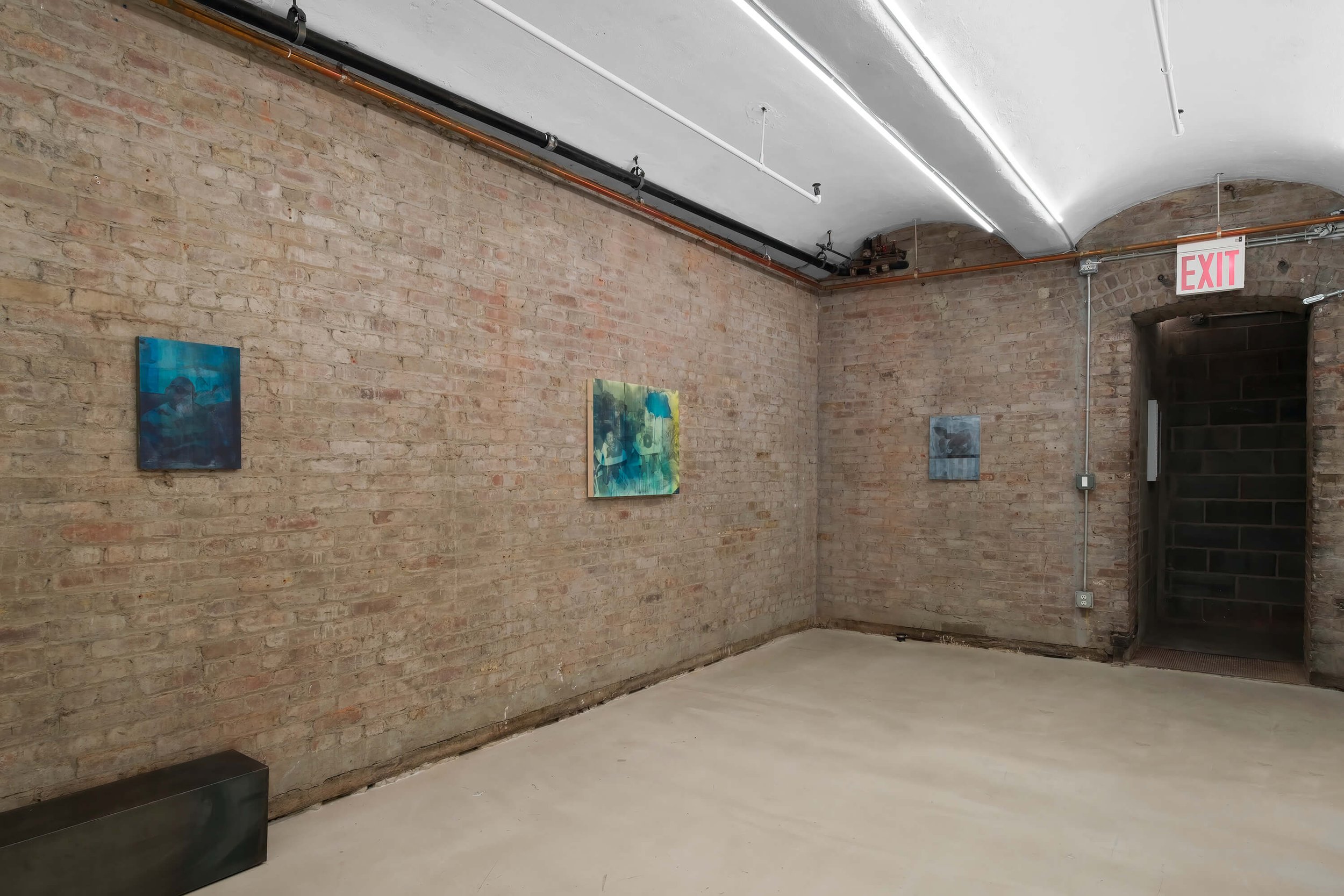
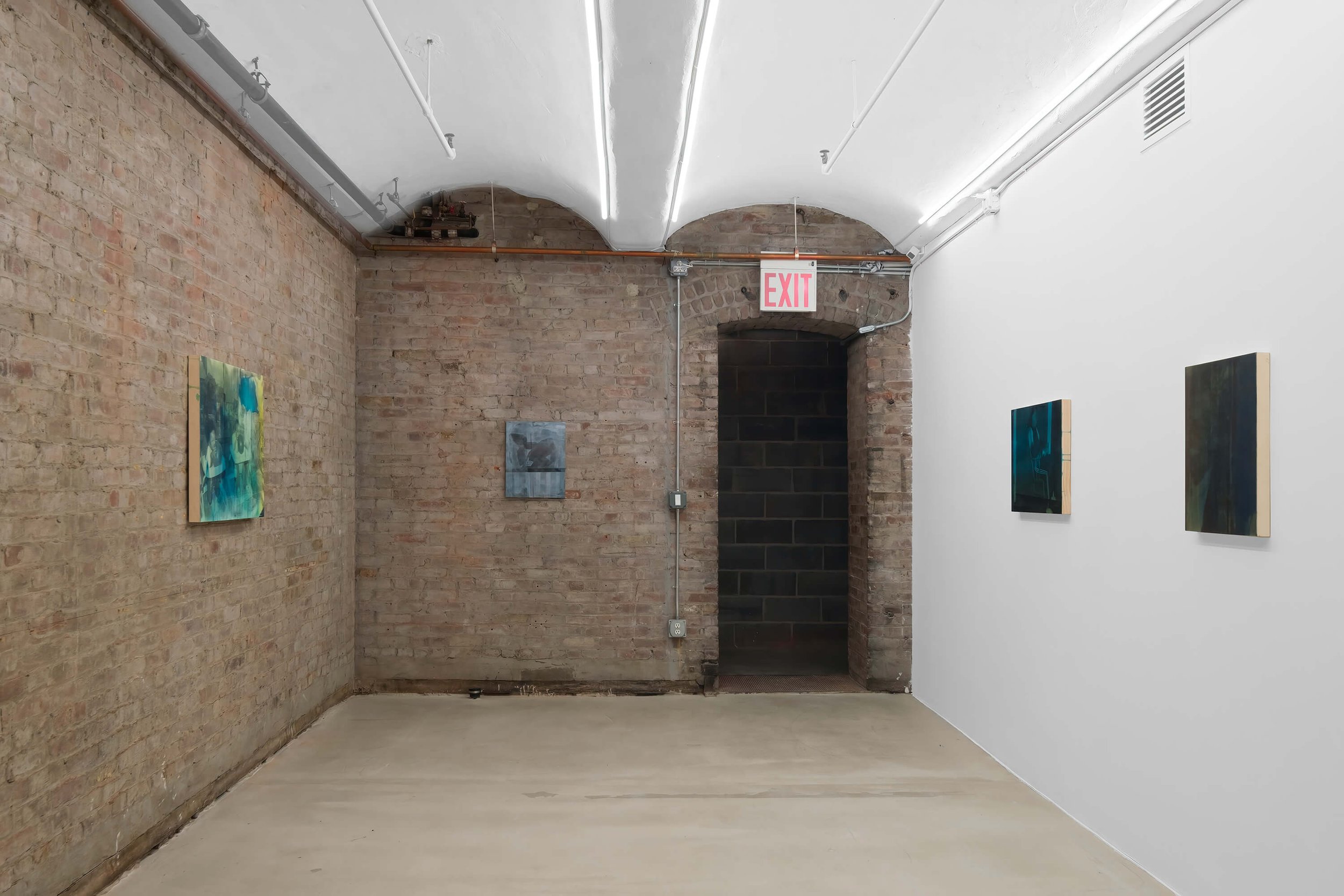
Sean Horton (Presents)
New York, NY
9 MARCH - 8 APRIL 2023
Lucid Distortion
by Angela N. Carroll
Photography is an illuminating and immortalizing medium. The work of making more legible broad, non-monolithic reflections of Black life as neither exceptionally perfect nor incessantly dwarfed by trauma is as old as the invention of photography. Through material experimentation, conceptual artist Kevin Claiborne curiously reviews and revises his family photographic archives to clarify his existential queries about life, history, memory, and intimacy. In Family Business, a new series of photographic allegories created during an 11-month residency (2022-23) at the Lower East Side Printshop, Claiborne invokes simulacrum through silkscreen printing processes to compound his intrinsic presumptions about the nuanced narrative threads each photo reveals. Claiborne's images are chosen intuitively from boxes of salvaged photographs gifted by his mother. He is drawn to subtle, intimate details – the gentle smile of his father observing his son, a plastic-covered couch in his grandmother's home, a rare portrait of his grandfather at a family gathering, or a moment of celebration at his parent's wedding. The unanswerable questions, the lapses between the events that precede a photographic exposure, and the resultant facsimile inspire the chemical and print processes that Claiborne will employ to render a restorative record.
Unlike previous bodies of work that maintained a monochrome palette to explore similar themes, this series incorporates earth tones with green and blue pigments integrated through varied applications to replicate aged photographs. What the artist previously expressed with found text and collage overlays, he now imparts through acts of distortion -- glitch, negative space, warp, and tint. His process of attentive gestural mark-making generates gradient landscapes that further enunciate the joy or trauma of his family members. By visualizing the sentiments he associates with the event or family member the image documents, Claiborne is freed to explore new aesthetic pathways that enable a heightened appraisal of recurring subjects; memory, aging, mental health, marriage, brotherhood, and divorce. Both the divorce of his parents and the dissolution of his own marriage prompted the artist to ruminate on the similarities of those relationships. The photographs of his parents in this series demonstrate a brief moment when they were once happy together.
In one such image, Commitment? (2023), a portrait of his parent's wedding day, the pair are beaming with joy. His mother sits in a classic high-back rattan chair in a beautiful wedding dress, smiling down at her husband as he contentedly removes her garter. The scene is loving and familiar. Claiborne treats the silkscreen with blue paint and ink. The pigment splashes in a stained puddle on his mother's lap and legs, then bleed in thick horizontal lines to the edge of the image, rendering illegible their intimate exchange. The affective warp is likened to an underdeveloped polaroid or the distortion that occurs on the screen when you pause a VHS tape. A stutter in the sequence. A rupture in the flow. The blue mournfully and nostalgically venerates the vestiges of their bond while reminding us that no one's family history is free from life's complexities.
In another revelatory image from the series Bond? (2023), a green-tinged portrait of his grandfather and family members at a family gathering, Claiborne's interplay of applied pressure and release on the silkscreen replicates a scratch, a negative space over the mouth and throat of his grandfather that graphically illustrates illness. When the image was taken, his grandfather could not speak, muted by throat cancer. By distorting the picture, the artist can reveal an intimate detail that significantly defined his grandfather's identity while probing broader themes about aging. The various paint and print applications not only speak for his grandfather's loss but also chronicles his joy and survival.
Photos are not proficient mediums to transmit complete accounts of history, and our attempts to make connections between the documented image and our memories are only sometimes reliable. The conflict between looking and seeing, as appraised in Darby English's seminal text, How to See a Work of Art in Total Darkness, elicits a keen vantage to assess Claiborne's body of work. A surface evaluation of the series may only perceive a collection of vintage photographic revisions about the artists' family members. A closer read will demonstrate the conceptual authority exhibited in the work. Claiborne's experiments successfully make meaning of speculative memories through gestural processes: the reproduction, visual redaction, and transformation of his family's archives. The resultant photographs arouse a restorative practice for the artist and contextualizes a series that is palpably Black and inescapably universal.
This exhibition coincides with the conclusion of the artist’s Keyholder Residency at the Lower East Side Printshop, New York, NY. The gallery would like to thank Angela N. Carroll for her essay.
